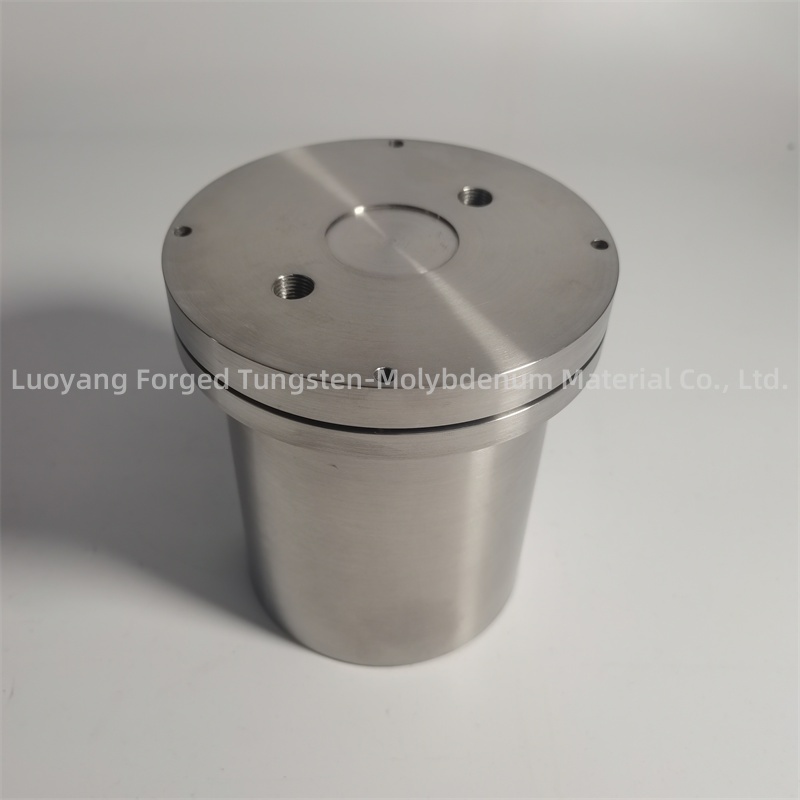why is tungsten used in tank rounds?
Tungsten is used in tank shells, especially in the form of tungsten alloys, for several reasons:
1. Density: Tungsten has a very high density, which makes tank rounds more compact and carry higher kinetic energy. This density allows the round to effectively penetrate armored targets.
2. Penetrating power: Tungsten alloy has extremely high hardness and excellent penetrating power. When used as an armor-piercing round for tank shells, tungsten can penetrate thick armor, making it effective against heavily armored targets.
3. High temperature resistance: Tungsten alloy can withstand the high temperatures generated during the firing process without deforming or losing its effectiveness. This property is critical for tank shells because they experience extremely high heat and pressure when fired.
4. Stability: Tungsten alloy is known for its stability and consistency. They maintain their shape and performance even under high-velocity impact, ensuring reliable, accurate penetration.
5. Cost-Effectiveness: Compared to other high-density materials such as depleted uranium, tungsten alloys provide a cost-effective solution for tank shells. Tungsten is more readily available and cheaper, making it a preferred choice for military applications.
Overall, tungsten’s combination of high density, hardness, temperature resistance, stability and cost-effectiveness make it an ideal material for tank shells, providing the penetration needed to effectively defeat armored targets.
When melting steel, a variety of crucible materials can be used, each with its own advantages and considerations. Some common crucible materials used for melting steel include:
1. Clay Graphite Crucibles: These crucibles are a popular choice for melting steel due to their high thermal conductivity and resistance to thermal shock. They can withstand high temperatures and are relatively durable.
2. Silicon carbide crucible: Silicon carbide crucible is known for its excellent thermal shock resistance and high temperature strength. They can withstand extreme temperatures and are suitable for melting steel.
3. Graphite crucible: Graphite crucible is also commonly used for melting steel. They have good thermal conductivity and can withstand high temperatures. However, they may be more susceptible to oxidation and wear than clay-graphite crucibles.
When selecting the best crucible material for melting steel, it is important to consider factors such as the melting temperature of the steel, the required crucible life, and the specific requirements of the melting process. Consulting an expert or supplier in the field can provide more specific guidance based on your specific needs.
